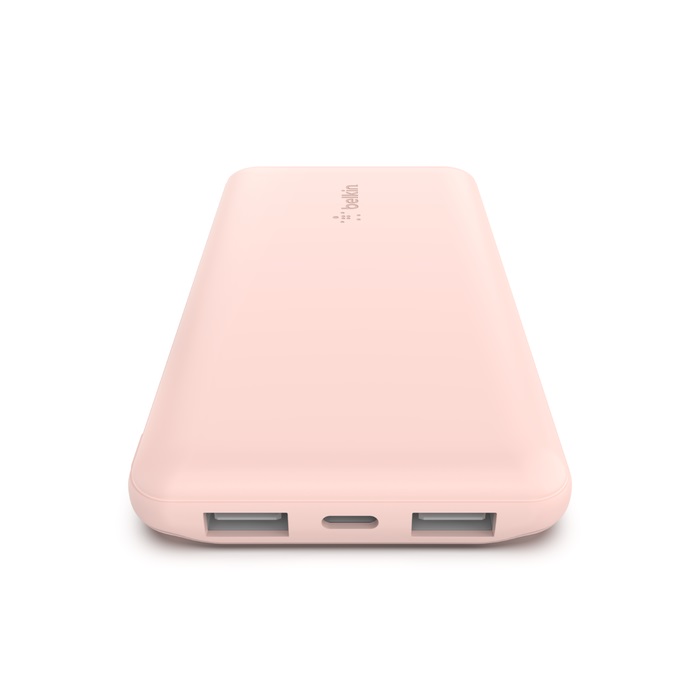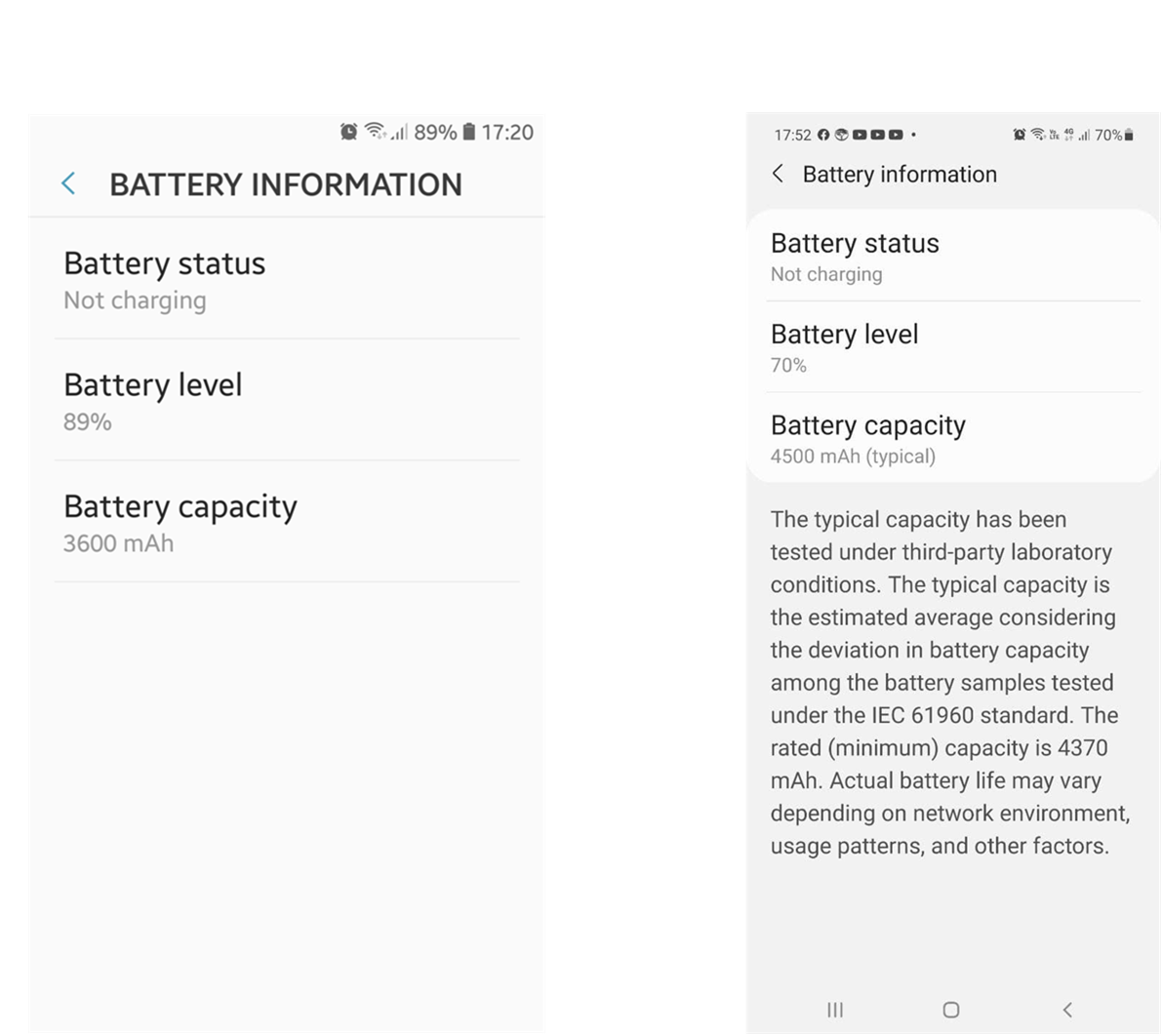How to Choose a Power Bank
A power bank can be defined as a light-weight power storage pack for mobile devices that you can carry anywhere.
They go under different names: battery packs, power banks, portable chargers, fuel banks, pocket power cells and back-up charging devices to name just a few. But whatever you call them, they all do the same thing; allow people to charge their electronic devices on the go.
Mobile devices are intelligent, in a sense that they will apply the correct charging rate to the device under charge. This will be referred to as “optimal charging”. So, the optimal charge will always be applied to a device’s battery.
There are a multitude of applications for which power banks are needed. In the event of a power outage and no back-up source available then a power bank comes in handy to charge the mobile phone and some of them can also act as flashlights and counterfeit money detectors. To name a few more specialized functions, we have power bank applications for car jumpers and laptops. We also have PoE UPS Power bank which can keep your router going on for 4 to 6 hours while the power is off. There are many different types of power banks on the market today. They come in many sizes and configurations.
Now let us look at all the overwhelming terminology around power banks and its functionalities.
PD, PD 3.0, QC, QC 2.0, QC 3.0 etc
PD stands for Power Delivery. PD technology basically enables your device to take on more power in a shorter amount of time, which translates to superfast charging. Many of the most popular mobile devices are PD-enabled. USB-C Power Delivery is a fast charging technology, supported by certain iOS/Apple and Android/Google/Samsung, devices, that delivers much higher levels of power than standard charging.
QC stands for Quick Charge, a fast charging technology researched by American Qualcomm.
QC 3.0 is 20% faster than the previous generation QC 2.0 and reduces power loss up to 45%.
Then there is Fast Charge Power Bank meaning Power Bank with Fast Charge Tech also called Quick Charge Tech
Quick Charge 3.0 was introduced in 2015 to sustain high power delivery for charging while also making sure that power transfer was as efficient as possible.... Certain Qualcomm ® Snapdragon mobile platforms are designed to allow devices to support 50% battery life with 15 minutes of charging
Quick Charge 3.0 is able to deliver more Voltage than Quick Charge 2.0; Quick Charge 3.0 smartphones are backwards compatible with Quick Charge 2.0 and Quick Charge 2.0 smartphones can be used with Quick Charge 3.0, but they will receive QC 2.0 speeds of charging
Now that we have most of the nerd speak out of the way how does this knowledge aid us in selecting a power bank?
For our purpose, choosing a power bank, we are going to concentrate on power bank capacity. This is, owing to the small size of most mobile devices, depicted in mAh (milli Ampere hour).
The choice of battery bank capacity is directly related to the capacity of the battery of the unit to be charged. So, outside of price and aesthetics, one should get familiar with your device for which you want to acquire a power bank.
Firstly, one has to determine what the Ah rating of the unit to be charged is. Then, once you have that information a good rule of thumb for travel is to buy a power bank with a stated capacity that's 3-4 times that of your device's battery. You will therefore need a power bank with a much greater capacity if you plan to use it to charge a tablet or other device.
Now for a bit of practicality... For example, a typical phone might charge to about 30% in 30 minutes using a USB connector. A similar phone with USB-C can charge to 55% or more in the same time period. In some cases, manufacturers say that USB-C can charge compatible devices as much as 20 times faster than older Lightning or USB devices
The exception to the rule will be the car charger power bank as it meets a completely different set of criteria.
Below are screenshots from two Android phones. This information is found under:
“Settings”, “About Phone”, “Battery Information”
The specifications above are typical of an Android phone. Let us see how we will choose a power bank for the phone for which we have screen shots above. Following the rule of 3 to 4 times the capacity of the phone battery the following would apply:
- Left phone: 3 times 3,600 mAh = 10,800 mAh, 4 times 3,600 mAh = 14,400mAh.
- Right phone: 3 times 4,500mAh = 13,500mAh and at 4 time = 18,000mAh
It is then advisable to choose a power bank of in the first instance and one of 18,000mAh or nearest values. If by any chance you cannot find the capacity of your phone battery, most charging apps will identify and display the value for you.
So, following the rule of thumb choose the power bank that is closest to your desired capacity. 1Stop Shop can assist in this regard.
Another question of choice could be what type of battery technology can we use? The table has information on the two prevalent battery technologies in existence. This provides an interesting launch point for the user with a wider interest.
Lithium Ion Rechargeable Batteries, Battery Packs and Chargers
Lithium Ion (abbreviated as Li-Ion) chemistry batteries are rechargeable batteries available in many different sizes and capacities.
Lithium Ion rechargeables are the best type of rechargeable battery on the market today for consumer use for a host of electronic devices for home, office, school and even industry.
Most modern day battery banks have lithium ion batteries. They are compact, with a high energy density and long storage life. Their self discharge rate is very slow when idle (not in use). This means they will retain much of their power when sitting on the shelf.
The table below gives an overview of the two battery technologies in use



